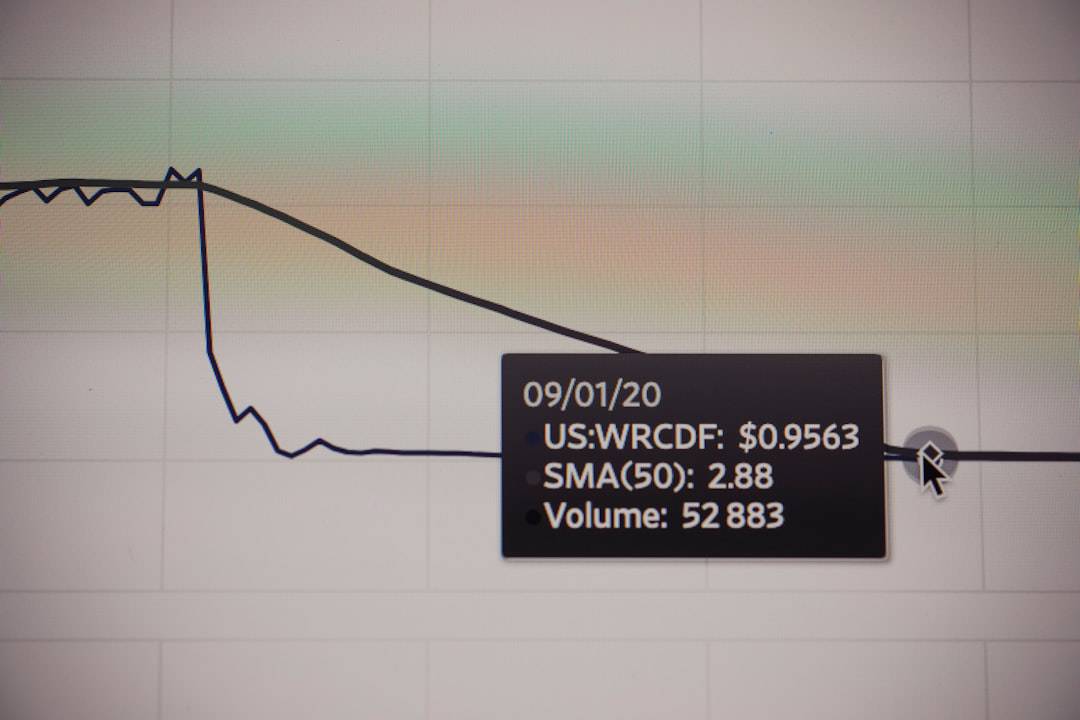Zero Trust Network Access (ZTNA) is a security framework that eliminates implicit trust within an organization’s network. Unlike traditional network security models that assume internal network elements are trustworthy, ZTNA adopts a “never trust, always verify” approach. This model has gained prominence due to the increasing sophistication of cyber threats and the widespread adoption of remote work practices.
ZTNA operates by verifying the identity and security status of every user and device attempting to access network resources, regardless of their location. This verification process occurs before granting access to any part of the network. The framework employs various technologies, including identity and access management (IAM), multi-factor authentication (MFA), encryption, and micro-segmentation to ensure that only authorized entities can access specific network resources.
By implementing ZTNA, organizations can significantly reduce their attack surface and mitigate the risk of unauthorized access and data breaches. This approach enables fine-grained control over network access, enhances overall security posture, and facilitates secure remote access for employees, partners, and contractors. ZTNA represents a fundamental shift in network security strategy, moving away from perimeter-based models towards a more dynamic and adaptive approach.
This transition aligns with the current threat landscape and the evolving nature of work environments, making it increasingly relevant in modern cybersecurity practices.
Key Takeaways
- Zero Trust Network Access (ZTNA) focuses on verifying identity and device security before granting access to resources, regardless of location.
- Secure Access Service Edge (SASE) combines network security functions with wide-area networking to support the dynamic, secure access needs of organizations.
- Integrating SASE and ZTNA offers improved security, simplified management, and better user experience for accessing applications and data.
- SASE ZTNA enhances security by providing continuous monitoring, adaptive access controls, and encryption, while also offering flexibility for remote and mobile users.
- Implementing SASE ZTNA in the modern workplace requires a comprehensive strategy, including assessing current infrastructure, user needs, and potential risks.
The Evolution of Secure Access Service Edge (SASE)
Key Drivers of SASE Adoption
This convergence is driven by the increasing adoption of cloud services, the rise of remote work, and the need for a more agile and scalable security infrastructure.
Unified Security Platform
SASE integrates various security capabilities such as secure web gateways (SWG), cloud access security brokers (CASB), firewall as a service (FWaaS), zero trust network access (ZTNA), and secure branch office connectivity into a single, cohesive platform. By consolidating these functions, SASE enables organizations to simplify their security infrastructure, reduce complexity, and improve operational efficiency. Additionally, SASE leverages the power of the cloud to deliver security services closer to the user, regardless of their location, thereby improving performance and user experience.
A New Approach to Network Security and Connectivity
The evolution of SASE represents a paradigm shift in how organizations approach network security and connectivity. By combining networking and security into a unified framework, SASE enables organizations to adapt to the changing needs of the modern workplace while maintaining a strong security posture.
The Benefits of Integrating SASE and ZTNA

The integration of SASE and ZTNA offers several significant benefits for organizations looking to enhance their network security and enable secure access for remote users. By combining the capabilities of SASE with the principles of ZTNA, organizations can achieve a comprehensive and adaptive security posture that aligns with the dynamic nature of modern work environments. One of the key benefits of integrating SASE and ZTNA is improved security.
ZTNA’s zero trust approach ensures that every user and device is authenticated and authorized before accessing network resources, reducing the risk of unauthorized access and data breaches. When combined with SASE’s comprehensive security capabilities, including firewall as a service, secure web gateways, and cloud access security brokers, organizations can create a robust security framework that protects against a wide range of threats, both internal and external. Another benefit of integrating SASE and ZTNA is enhanced flexibility and scalability.
SASE’s cloud-native architecture allows organizations to scale their security and networking capabilities based on their evolving needs, while ZTNA’s granular access controls enable organizations to tailor access policies to specific users and resources. This combination provides organizations with the flexibility to adapt to changing business requirements and support a diverse range of users and devices, regardless of their location.
How SASE ZTNA Enhances Security and Flexibility
| Metrics | Benefits |
|---|---|
| Reduced Complexity | Streamlines security infrastructure and management |
| Improved User Experience | Enables secure access from anywhere, on any device |
| Enhanced Security | Provides zero trust security model and data protection |
| Cost Savings | Reduces hardware and maintenance costs |
The integration of SASE and ZTNA enhances security by providing a comprehensive and adaptive security posture that aligns with the dynamic nature of modern work environments. By combining the principles of ZTNA with the capabilities of SASE, organizations can establish a zero trust security model that verifies every user and device attempting to access network resources, reducing the risk of unauthorized access and data breaches. Additionally, SASE’s comprehensive security capabilities, including firewall as a service, secure web gateways, and cloud access security brokers, provide protection against a wide range of threats, both internal and external.
Furthermore, SASE ZTNA enhances flexibility and scalability by leveraging SASE’s cloud-native architecture to scale security and networking capabilities based on evolving business needs. This flexibility allows organizations to support a diverse range of users and devices, regardless of their location, while maintaining granular access controls through ZTNA’s zero trust approach. As a result, organizations can adapt to changing business requirements and provide secure access for remote users without compromising on security or performance.
In summary, the integration of SASE and ZTNA enhances security by establishing a zero trust security model that verifies every user and device attempting to access network resources while providing comprehensive protection against a wide range of threats. Additionally, it enhances flexibility and scalability by leveraging SASE’s cloud-native architecture to support a diverse range of users and devices while maintaining granular access controls.
Implementing SASE ZTNA in the Modern Workplace
Implementing SASE ZTNA in the modern workplace requires careful planning and consideration to ensure a seamless transition to a more secure and flexible network infrastructure. Organizations should start by conducting a thorough assessment of their current network architecture, security posture, and business requirements to identify areas for improvement and determine the best approach for implementing SASE ZTNA. Once the assessment is complete, organizations can begin implementing SASE ZTNA by defining access policies based on the principles of zero trust network access.
This involves establishing granular access controls that verify every user and device attempting to access network resources, regardless of their location. Organizations should also leverage SASE’s cloud-native architecture to deploy comprehensive security capabilities such as firewall as a service, secure web gateways, and cloud access security brokers to protect against a wide range of threats. Furthermore, organizations should consider integrating SASE ZTNA with their existing identity and access management (IAM) systems to streamline user authentication and authorization processes.
This integration can help organizations enforce consistent access policies across their network infrastructure while providing a seamless user experience for remote users.
Overcoming Challenges in Adopting SASE ZTNA

Managing Complexity
One of the primary challenges is managing the complexity of integrating multiple security capabilities into a unified framework. Organizations must carefully plan their implementation strategy to ensure that they can effectively consolidate their security infrastructure without sacrificing performance or user experience.
Ensuring Seamless Integration
Another challenge is ensuring seamless integration with existing network architecture and applications. Organizations may encounter compatibility issues when integrating SASE ZTNA with legacy systems or third-party applications, requiring careful testing and validation to ensure that all components work together seamlessly.
Addressing Workforce Impact and Ensuring a Smooth Transition
Organizations must consider the impact on their workforce when implementing SASE ZTNA. Remote users may experience changes in their access privileges or authentication processes, requiring effective communication and training to ensure a smooth transition.
Overcoming Challenges with Expert Guidance and Thorough Testing
To overcome these challenges, organizations should engage with experienced security professionals who can provide guidance on best practices for implementing SASE ZTNA. Additionally, organizations should conduct thorough testing and validation to identify any compatibility issues before deploying SASE ZTNA in a production environment.
The Future of Secure Access with SASE ZTNA
The future of secure access with SASE ZTNA is poised for continued growth and innovation as organizations seek to adapt to the evolving threat landscape and the changing nature of work. As remote work becomes more prevalent, organizations will increasingly rely on SASE ZTNA to provide secure access for remote users while maintaining a strong security posture. Furthermore, advancements in cloud-native technologies and artificial intelligence will drive further innovation in SASE ZTNA, enabling organizations to leverage advanced analytics and automation capabilities to enhance their security operations.
This will allow organizations to proactively identify and respond to potential threats in real-time while reducing the burden on IT teams. Additionally, as the Internet of Things (IoT) continues to proliferate, SASE ZTNA will play a critical role in securing connected devices and ensuring that only authorized devices can access network resources. This will be essential for industries such as healthcare, manufacturing, and transportation where IoT devices are increasingly used to support critical operations.
In conclusion, the future of secure access with SASE ZTNA is bright, with continued innovation driving advancements in cloud-native technologies, artificial intelligence, and IoT security. As organizations continue to embrace remote work and digital transformation, SASE ZTNA will play a pivotal role in enabling secure access for remote users while maintaining a strong security posture.
If you’re interested in learning more about the impact of the metaverse on the real world, you should check out this article on Metaverse and the Real World: Economic and Social Impacts. It delves into the potential economic and social implications of virtual spaces and how they may affect our daily lives. This article provides valuable insights into the broader implications of the metaverse beyond just its technological aspects.
FAQs
What is SASE ZTNA?
SASE ZTNA stands for Secure Access Service Edge Zero Trust Network Access. It is a security framework that combines networking and security functions to support the dynamic secure access needs of organizations.
How does SASE ZTNA work?
SASE ZTNA works by providing secure access to applications and resources based on the principles of zero trust, which means that access is never implicitly trusted and is continuously verified. It uses a combination of identity, device, and context-based policies to ensure secure access.
What are the benefits of SASE ZTNA?
Some of the benefits of SASE ZTNA include improved security posture, simplified network and security management, reduced complexity, and enhanced user experience. It also enables organizations to adapt to the changing needs of remote and mobile workforces.
How does SASE ZTNA differ from traditional network security approaches?
SASE ZTNA differs from traditional network security approaches by providing a more dynamic and context-aware approach to secure access. It focuses on securing access to applications and resources based on identity, device, and context, rather than relying solely on network perimeter defenses.
What are some use cases for SASE ZTNA?
Some use cases for SASE ZTNA include secure access for remote and mobile workers, secure access for third-party partners and contractors, secure access for IoT devices, and secure access for cloud-based applications and resources.











Leave a Reply